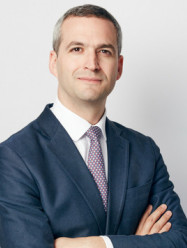BibTex format
@article{Minty:2022:10.1186/s12909-022-03701-3,
author = {Minty, I and Lawson, J and Guha, P and Luo, X and Malik, R and Cerneviciute, R and Kinross, J and Martin, G},
doi = {10.1186/s12909-022-03701-3},
journal = {BMC Medical Education},
title = {The use of mixed reality technology for the objective assessment of clinical skills: a validation study},
url = {http://dx.doi.org/10.1186/s12909-022-03701-3},
volume = {22},
year = {2022}
}

